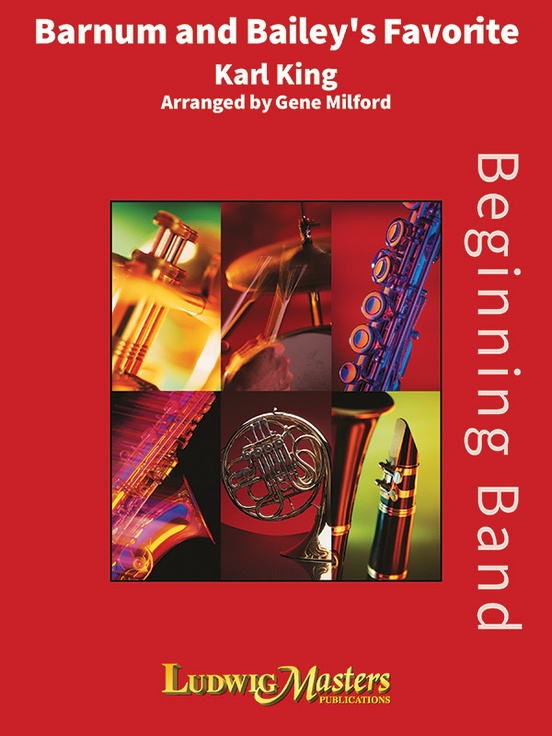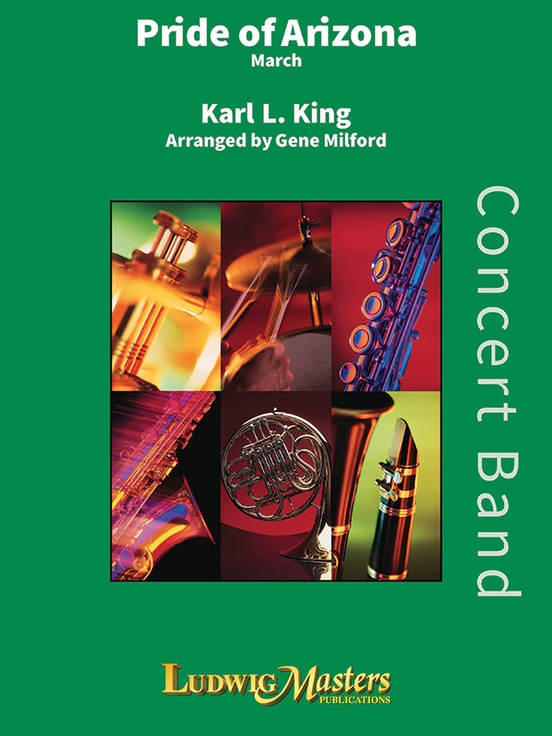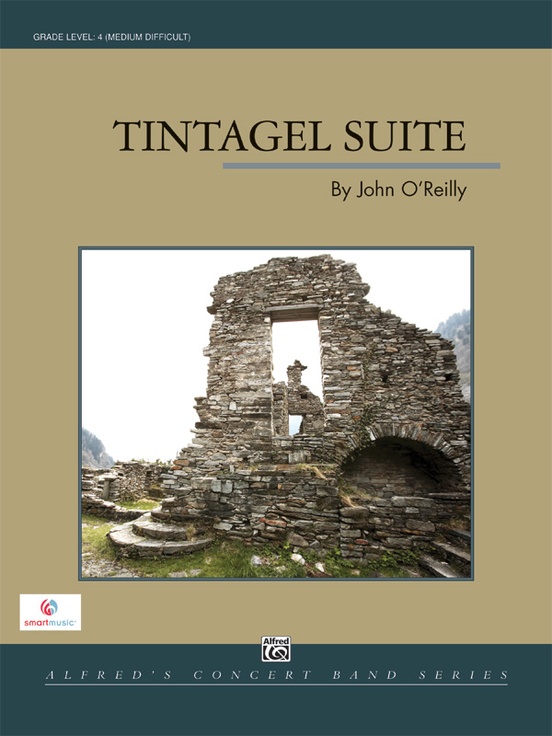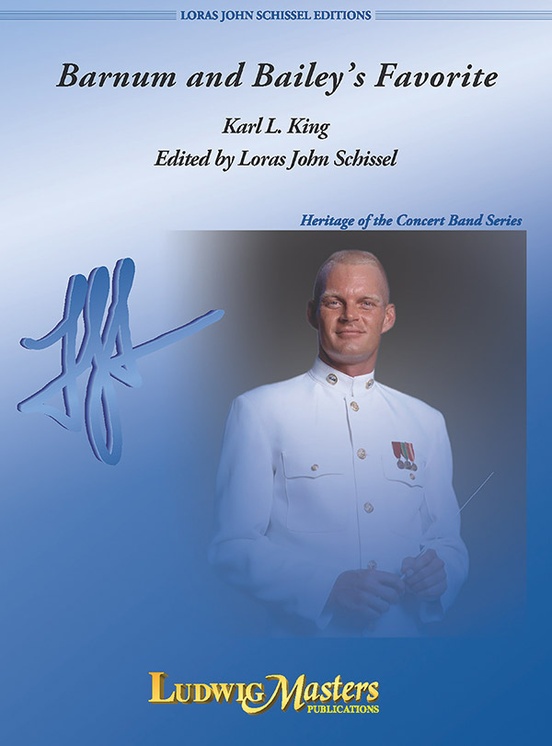Results
-
 £54.95
£54.95MAGNA CARTA (Concert Band) - Lopez, Victor
Serving as the composer's inspiration, the Magna Carta is a document that King John of England was forced to sign because it greatly reduced the power he held as the King. "Magna Carta" is an original composition written by Victor Lopez. This work is extremely playable and certainly captures the essence of democracy. Bold and defining! (4:45)
Estimated dispatch 7-14 working days
-
 £67.32
£67.32Sells-Floto Triumphal
Written in 1914 for the Sells-Floto Circus, this King march masterpiece will entertain audiences and performers alike! Moderate technical demands will give your band a chance to show off, and the delightful use of syncopation in this march will have toes tapping. Carefully edited for concert band from the original quickstep, this new edition features extensive program notes, rehearsal suggestions, and historical information. Long live the KING!
Estimated dispatch 7-14 working days
-
 £50.50
£50.50Barnum and Bailey's Favorite - Karl King / arr. Gene Milford
Only Karl King expert Gene Milford could make this classic believable at the beginning level. It has the melody and style captured admirably, yet with expertly adjusted ranges and simplified rhythms. Don't miss the opportunity to let your students join the show under the big top!
Estimated dispatch 3-5 working days
-
 £53.95
£53.95Pride of Arizona (March) - Karl King, arr. Gene Milford
A true lost treasure from the acknowledged master of the march style. Here is a real opportunity to bring to light a terrific march that's not well known now but sure to be a hit. With all the musical qualities King is known for, this is certain to be the pride of any band that performs it.
Estimated dispatch 3-5 working days
-
 £73.50
£73.50Tintagel Suite - John O'Reilly
Tintagel Castle, on the wild Cornish coast of southwest England, has a fascinating history. The drama of this jagged coast has inspired many legends including that of King Arthur and the Knights of the Round Table. This colorful 4-movement suite depicts the Medieval Castle, the King Arthur legend, an early English ballad, and a celebration at the castle honoring the visiting Celtic Lords. This title is available in MakeMusic Cloud.
Estimated dispatch 3-5 working days
-
 £82.95
£82.95Barnum and Bailey's Favorite - Karl King / arr. Loras John Schissel
Barnum and Bailey's Favorite by Karl L. King is considered to be the 'National Anthem' of the circus and has been consistently rated as one of the ten most popular marches ever composed. Expertly edited by scholar and conductor, Loras John Schissel, this new edition is sure to become the standard for "children of all ages!"
Estimated dispatch 3-5 working days
-
 £72.99
£72.99Barnum and Bailey's Fractured Favorite - Karl L. King
When Karl King was conducting circus bands, he would frequently edit his marches so the same composition could be used for contrasting acts (for example a lion act one time, and a trapeze act the next). In the same spirit, Thomas Leslie has creatively repurposed this familiar march to suit an imaginary clown act; complete with novelty percussion sounds and a few surprises sprinkled in. A bit outrageous, but definitely fun! Dur: c. 2:20
Estimated dispatch 7-14 working days
-
 £60.50
£60.50Pan American - Karl L. King
An impressive arrangement by Andy Clark of one of Karl L. King's most distinctive marches. This arrangement retains all of the charm and Spanish flavor of the original while it utilizes a reduced instrumentation which makes it sound great with smaller bands. An outstanding choice for concert or contest performances. Very highly recommended!
Estimated dispatch 7-14 working days
-
 £71.50
£71.50Allied Honor - Karl L. King
Musicians the world over love to perform marches from the pen of this march genius. James Swearingen's edited version allows bands to once again experience this unique easier grade Karl King composition.
Estimated dispatch 7-14 working days
-
 £71.50
£71.50United Nations - Karl L. King
James Swearingen's arrangement brings out the best in the most famous of Karl King's easier marches. Stirring melodies and counter melodies made King a "tunesmith" like no other and this arrangement is sure to become just as popular as Swearingen's previous treatments of "Alamo", "Coast Guards and "Allied Honor". Absolutely perfect for any concert or contest situation. Easy enough to be successfully performed by younger groups, but nice enough to be programmed by even the very best bands.
Estimated dispatch 7-14 working days
